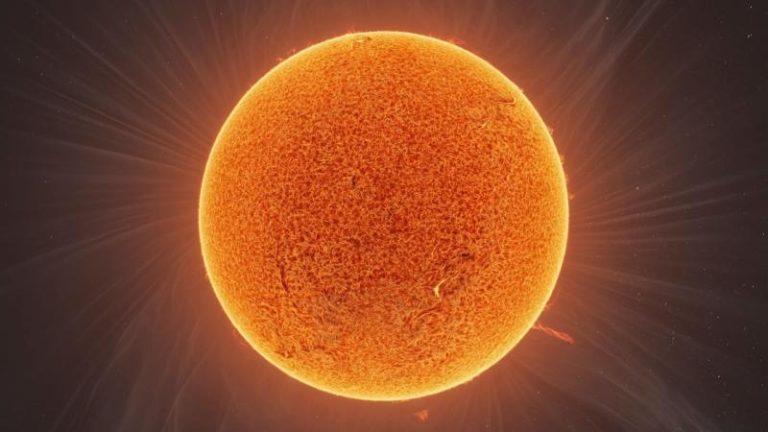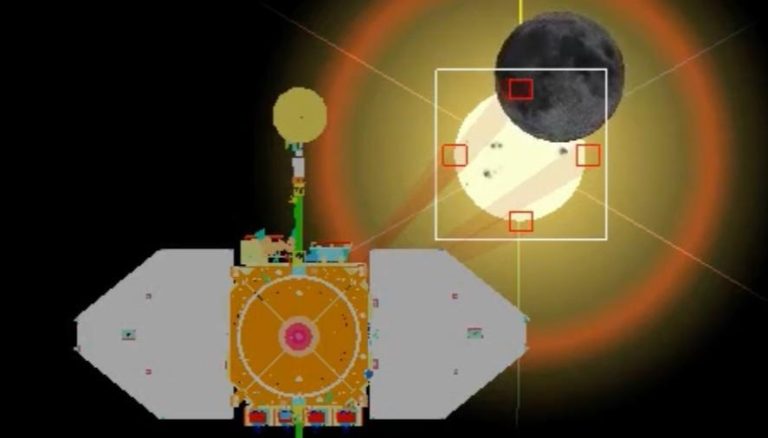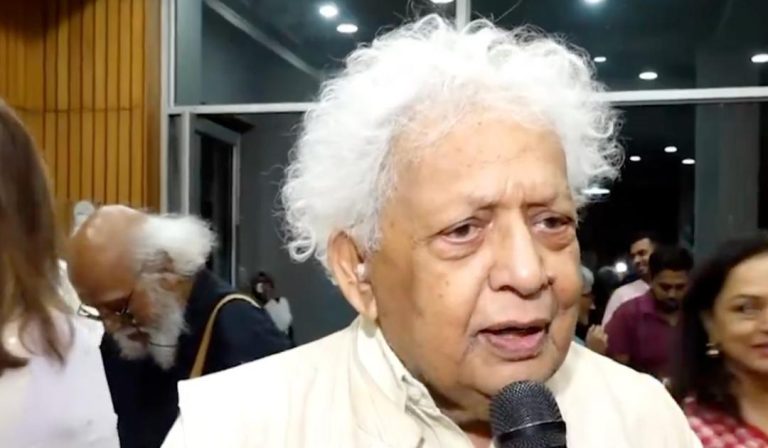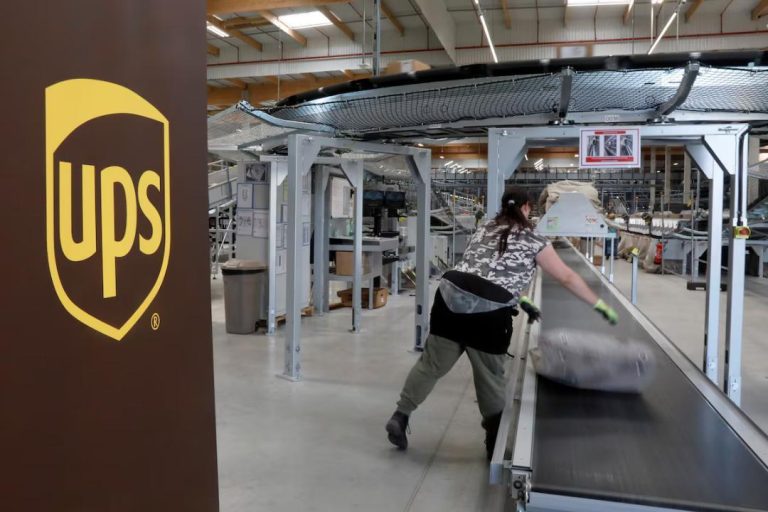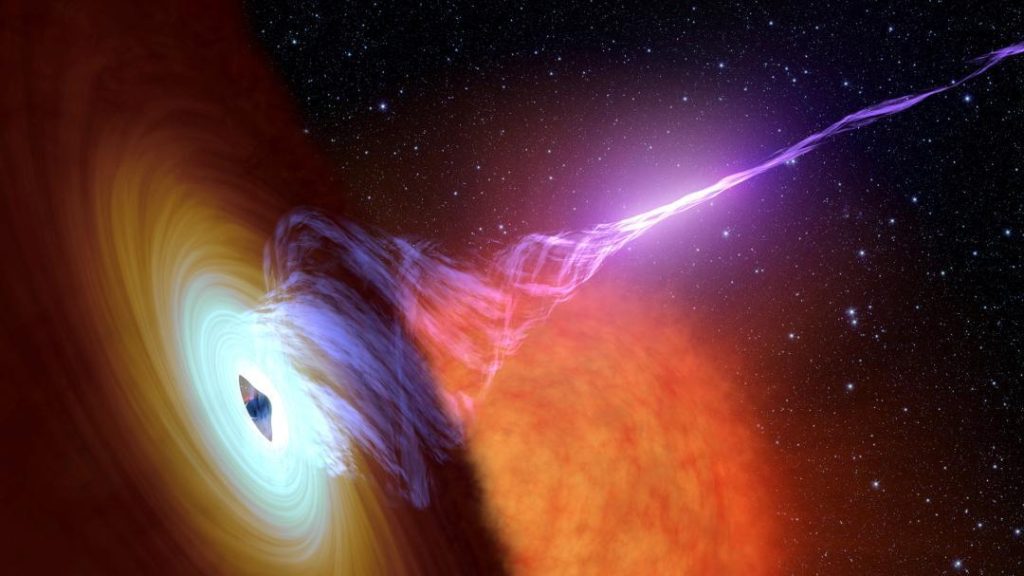
Scientists Create First-Ever ‘Black Hole Bomb’ in a Lab
Imagine a scenario where a catastrophic event, similar to a black hole explosion, is created in a laboratory setting. Sounds like science fiction, right? But, in a groundbreaking achievement, scientists have successfully created the world’s first “black hole bomb” using an experimental setup inside a UK laboratory.
The experiment, published in a research paper available on arXiv, is a significant breakthrough in understanding the behavior of black holes and the extreme energies they possess. The team of scientists from the University of Cardiff and the University of Cambridge used a rotating aluminium cylinder surrounded by magnetic coils to generate a magnetic field that rotates at roughly the cylinder’s speed.
The setup is designed to mimic the conditions found near a black hole, where incredibly strong gravitational forces and intense magnetic fields exist. The magnetic coil acts like a mirror, trapping and amplifying energy, and mirrors what would happen in a real black hole scenario.
What is a Black Hole Bomb?
For those who may not be familiar with the term, a black hole bomb refers to a hypothetical scenario where a black hole is created in a lab setting, mimicking the extreme conditions found in real black holes. In a real black hole, gravity is so strong that not even light can escape once it gets too close to the event horizon, the point of no return.
In the lab setting, the scientists created a rotating cylinder with a magnetic field that mimics the gravitational forces found near a black hole. The magnetic field is strong enough to trap and amplify energy, creating a miniature “black hole” that behaves similarly to a real black hole.
The Experiment
The experiment involved using a rotating aluminium cylinder, about 10 cm in diameter, surrounded by a magnetic coil. The cylinder was rotated at a speed of about 10,000 revolutions per minute, creating a strong magnetic field that traps and amplifies energy.
The scientists used a technique called “magnetic confinement” to create a stable magnetic field that can sustain the energy of the rotating cylinder. The magnetic field is strong enough to create a “bubble” of energy around the cylinder, similar to the way a real black hole creates a gravitational bubble around itself.
Implications and Future Research
The creation of a black hole bomb in a lab setting has significant implications for our understanding of black holes and the extreme energies they possess. This experiment paves the way for further research into the behavior of black holes and the potential applications of their energies.
The team of scientists hopes to use this technology to better understand the behavior of black holes and potentially create new energy sources. The experiment also has implications for the study of cosmology, as it allows scientists to simulate the extreme conditions found in the early universe.
Conclusion
In conclusion, the creation of the world’s first “black hole bomb” in a lab setting is a significant breakthrough in the field of physics. This experiment has the potential to revolutionize our understanding of black holes and the extreme energies they possess.
The implications of this technology are vast, and scientists are excited to continue researching and exploring the possibilities of black hole energy. As the field of physics continues to evolve, we can expect to see even more groundbreaking experiments and discoveries in the years to come.
Source:
https://arxiv.org/abs/2503.24034
Note: The research paper is available on arXiv, a repository of electronic preprints in physics, mathematics, computer science and related disciplines.
